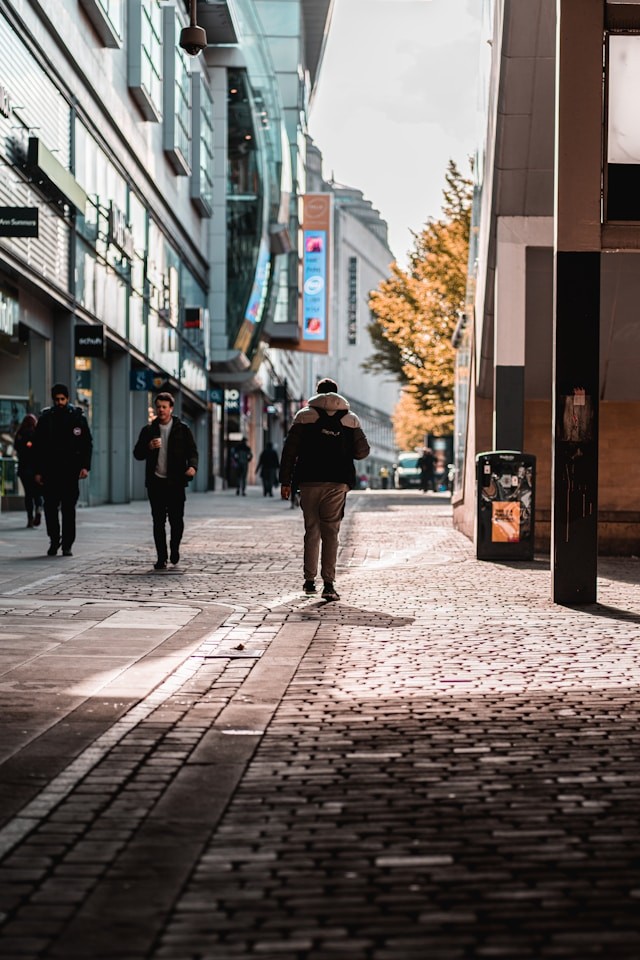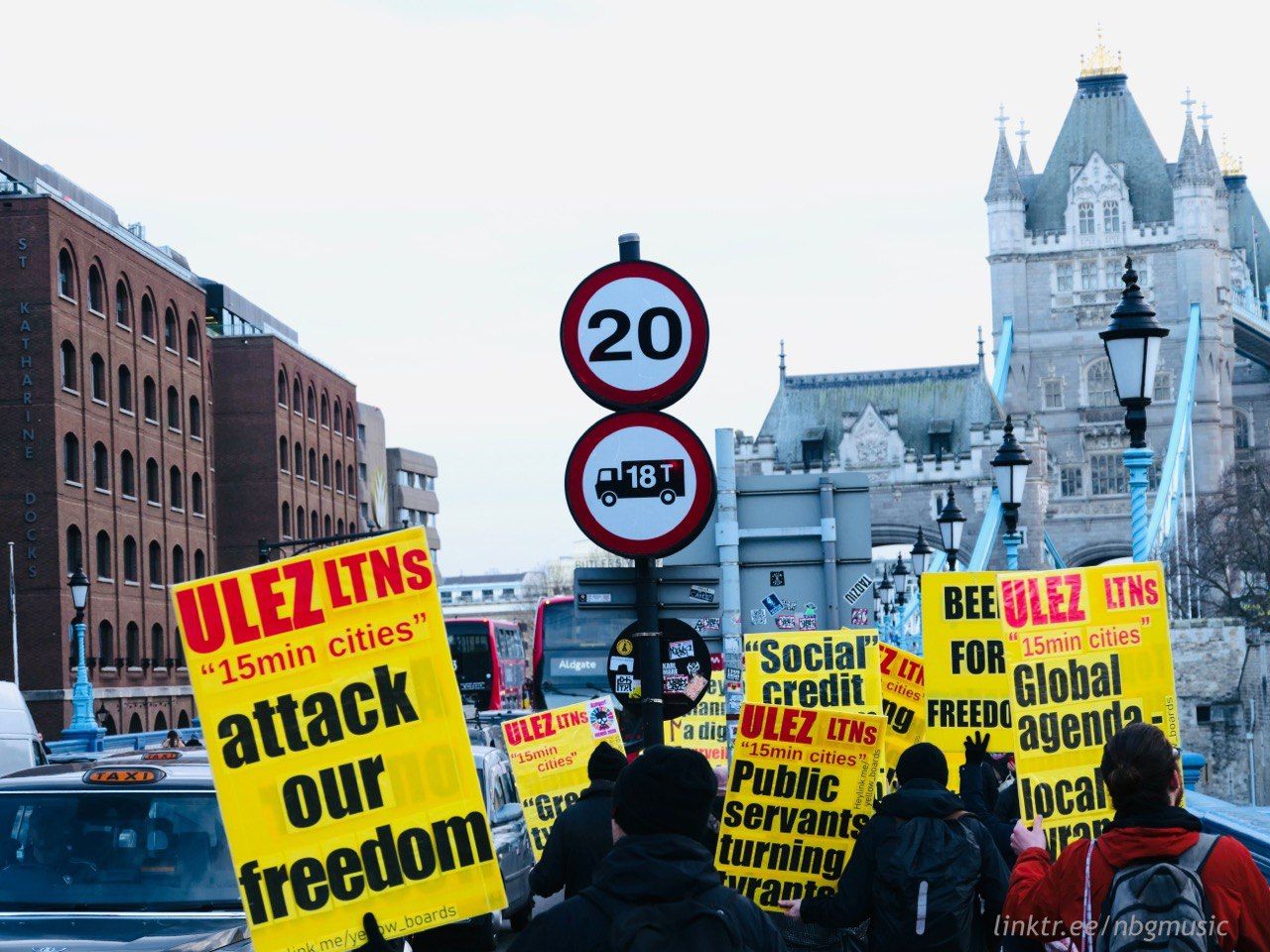
Investigating Transient Encounters On The High Street

Summary
This research provides a comprehensive examination of transient encounters on the High Street, an area where existing research is limited. The study focuses on the location of Shepperton High Street (Surrey, UK) to provide a specific and detailed case study. The location was chosen due to being voted the ‘Politest Place in the UK’ and ‘6th Happiest Place in the UK’ in 2017.
A multi-faceted approach to data collection was utilised to maximise the breadth and depth of information from residents and visitors. This included interviews, direct observations, and geo-location mapping.
The data gathered, has allowed for the following data analysis and visualisation methods:
- Heat maps which illuminate interaction hotspots, providing potential uses such as advising urban planning.
- Game theory payoff matrix’s used to predict the benefits of these encounters and contributing to our understanding of their wider social impact.
This study has evidenced the importance of High Streets beyond what is already researched and quantified, such as how high streets foster community connections and can play a role in addressing the growing epidemic of loneliness within society.
Approach and Methodology
This project began from a conversation with friends about what we would miss about this university. We all agreed that “the chats with people you bump into on the stairs or in the kitchen while making a cup of tea that you otherwise may not necessarily speak to” were often the most valuable and what would be missed when we left. It seemed those brief, 'transient' moments of encounter had significant impact, both warming and memorable alongside supportive, engaging and a source of knowledge exchange.
With this in mind, and with a keen interest in communities, politics, policy, and the place in which we live, I began to investigate how transient moments play out in our public realm, and specifically in our street space. High Streets became my area of focus for the study.
Proposal/Outcome
My outcome has been an academic paper that includes a comprehensive literature review and methodology, alongside a presentation in 'council format' to provide a concise and clear consolidation of my findings, insights and recommendations to those that are the position to act upon them.
Beyond Outcomes
”Temporary people give permanent lessons.”
Reflecting on the origins of this project, I have recognised the importance and power of what would seem otherwise irrelevant and 'fleeting' encounters. They have a significant effect on us individually and collectively, and our public spaces play a role in facilitating this. How we evidence this and incorporate it into how our spaces are conceived of, funded, designed, delivered and maintained is a critical set of conditions to connect to ensure the potential of 'fleeting' becomes fundamental to how we live.
Want to learn more about this project?



Overall LIS Journey
About me

As an interdisciplinary problem solver, I thrive on out-of-the-box thinking to produce unique solutions to current issues. My problem-solving skills are backed by my experience in reception work, customer service, and consultancy for companies and charities such as HS1 and The Harmony Project.
With a keen interest in supply chain management, crisis management, and consultancy, I am passionate about making a difference in the world by tackling complex challenges.I enjoy practicing meditation and sailing in my downtime.
.svg)
Other Related Projects
Back to the repository


- A Pilot Based on Heathrow's Sustainability Goals







